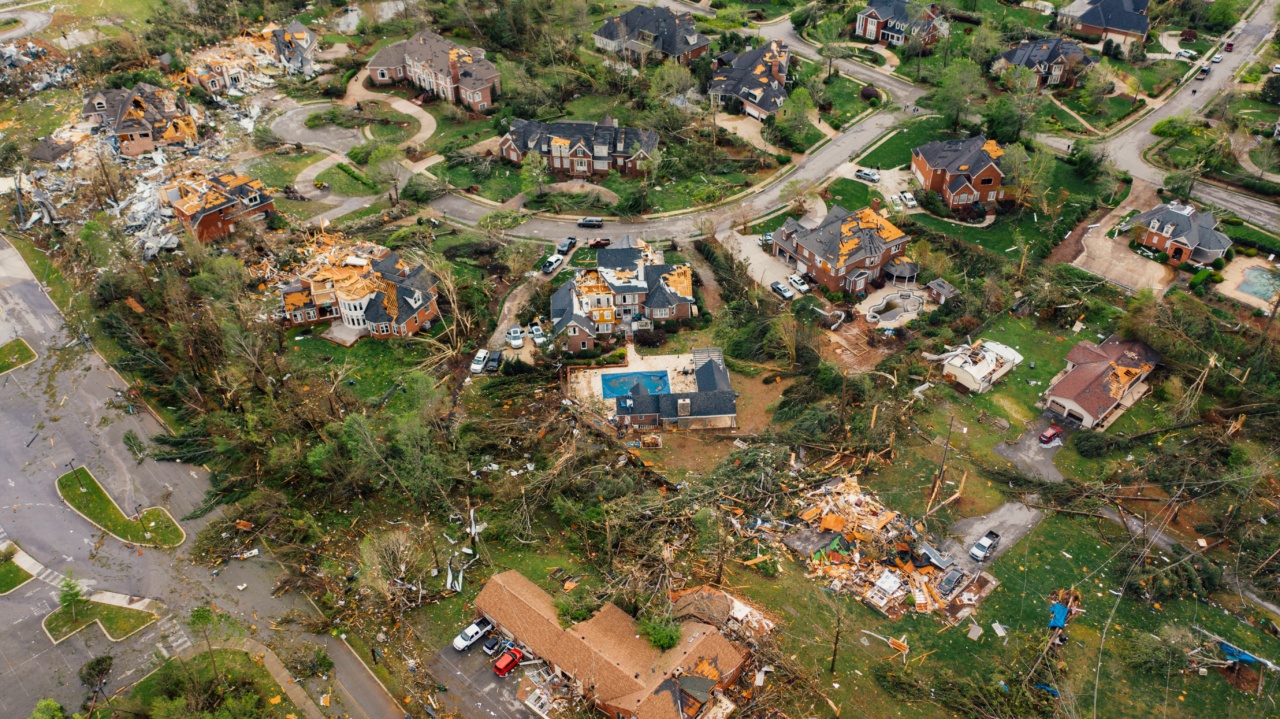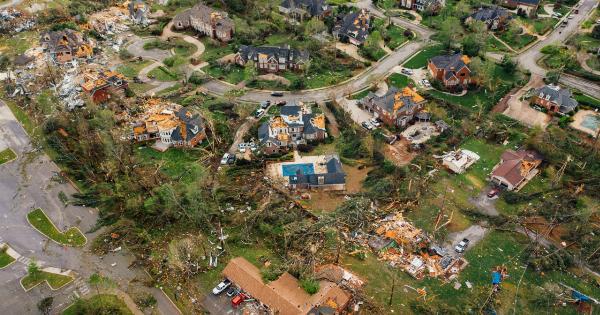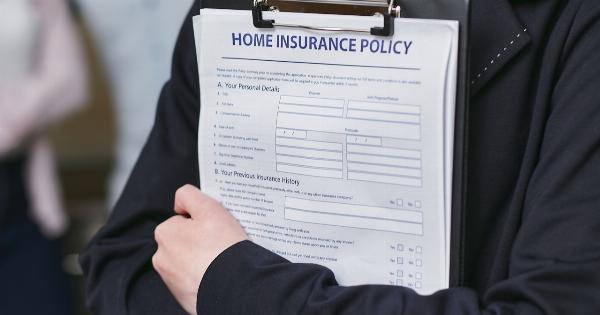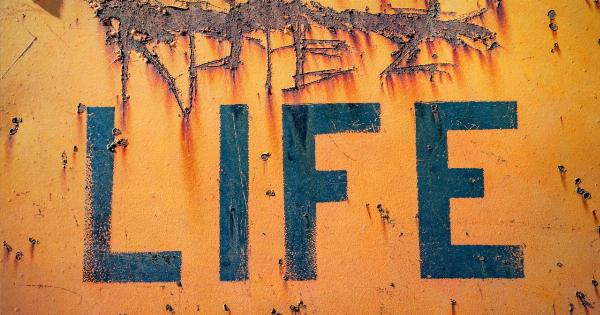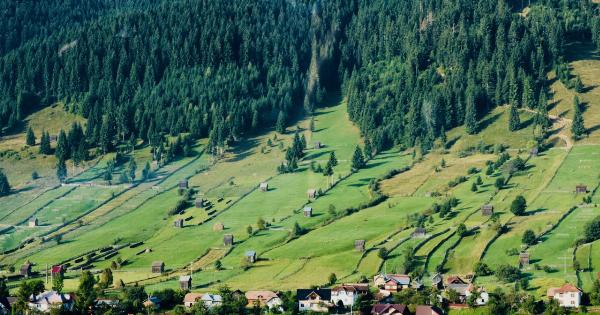When it comes to securing your property against unforeseen events, such as natural disasters, property insurance plays a vital role.
With the increasing frequency and intensity of these incidents, it becomes imperative for homeowners and property owners to understand the importance of insurance coverage and its associated costs. This article aims to delve into the factors influencing property insurance pricing and offer insights into how natural disasters impact insurance premiums.
The Role of Property Insurance
Property insurance provides financial protection in the event of damage or loss to your property due to various reasons, including natural disasters.
It is designed to alleviate the financial burden of repairing or replacing your property, ensuring that you can recover swiftly and resume your normal life. The type of insurance coverage you select determines the extent of protection you have against natural disasters.
Factors Influencing Property Insurance Pricing
Several factors come into play when determining property insurance costs. Understanding these factors can provide you with a clearer picture of how insurers calculate premiums:.
1. Location
The location of your property is a significant factor influencing insurance pricing. Properties located in areas prone to natural disasters, such as earthquake zones, floodplains, or hurricane-prone regions, are considered high-risk by insurers.
Consequently, the insurance premiums for such properties tend to be higher.
2. Construction Materials
The materials used for constructing your property also impact insurance costs.
Homes built with sturdy materials that withstand natural disasters, such as reinforced concrete or brick, usually command lower insurance premiums compared to those built with less resilient materials like wood or vinyl.
3. Property Age and Condition
The age and condition of your property influence the risk perception of insurers. Older properties may have outdated electrical systems, plumbing, or structural vulnerabilities, making them more susceptible to damage during natural disasters.
As a result, older properties often have higher insurance premiums.
4. Proximity to Emergency Services
Access to emergency services, such as fire stations, hospitals, and rescue teams, is crucial during a natural disaster. Properties located in close proximity to such services may have lower insurance premiums as they incur lower risks.
5. Insurance Coverage and Deductibles
The extent of insurance coverage you choose and the deductibles you opt for also affect the cost of your property insurance. Comprehensive coverage that includes protection against a wide range of natural disasters will naturally have higher premiums.
Similarly, selecting a lower deductible means a higher premium but lower out-of-pocket expenses in case of a claim.
6. Claim History
If you have previously made multiple claims for property damage caused by natural disasters, insurers may perceive you as a higher risk.
Your claim history can influence the cost of your insurance, and insurers may either charge higher premiums or refuse coverage altogether.
7. Mitigation Measures
Implementing mitigation measures to protect your property can help lower insurance costs.
Installing storm shutters, reinforcing the roof, adding an alarm system, or adopting advanced fire safety measures can reduce the risk of damage during natural disasters, leading to lower premium rates.
Impact of Natural Disasters on Insurance Premiums
Due to their unpredictable nature and escalating frequency, natural disasters have a direct impact on insurance premiums.
When an area experiences a significant event like a hurricane or earthquake, insurers face increased claims payouts and a higher risk of future claims. To compensate for these factors, insurers may raise premiums in the affected areas to maintain profitability and cover potential losses.
It is important to note that insurance companies consider historical data, scientific studies, and predictive modeling to assess the risk associated with natural disasters.
As climate change continues to influence the severity of such events, insurers may further adjust premiums to reflect the changing landscape of risks.
Conclusion
Property insurance is essential for protecting your investment from the devastating impacts of natural disasters.
The cost of property insurance is influenced by numerous factors, including location, construction materials, property age, and proximity to emergency services. Additionally, factors like insurance coverage, claim history, and mitigation measures impact insurance premiums. With the rising frequency and intensity of natural disasters, insurance companies adjust their pricing models accordingly.
It is crucial for homeowners and property owners to evaluate their insurance needs and ensure adequate coverage to safeguard against financial losses resulting from natural disasters.
